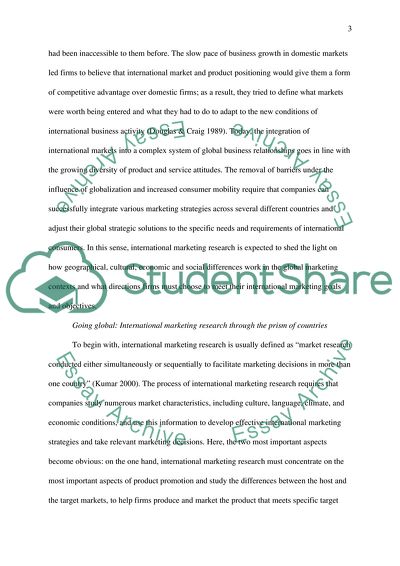Cite this document
(International and Strategic Marketing Research Paper, n.d.)
International and Strategic Marketing Research Paper. https://studentshare.org/marketing/1569117-international-and-strategic-marketing
International and Strategic Marketing Research Paper. https://studentshare.org/marketing/1569117-international-and-strategic-marketing
(International and Strategic Marketing Research Paper)
International and Strategic Marketing Research Paper. https://studentshare.org/marketing/1569117-international-and-strategic-marketing.
International and Strategic Marketing Research Paper. https://studentshare.org/marketing/1569117-international-and-strategic-marketing.
“International and Strategic Marketing Research Paper”. https://studentshare.org/marketing/1569117-international-and-strategic-marketing.


